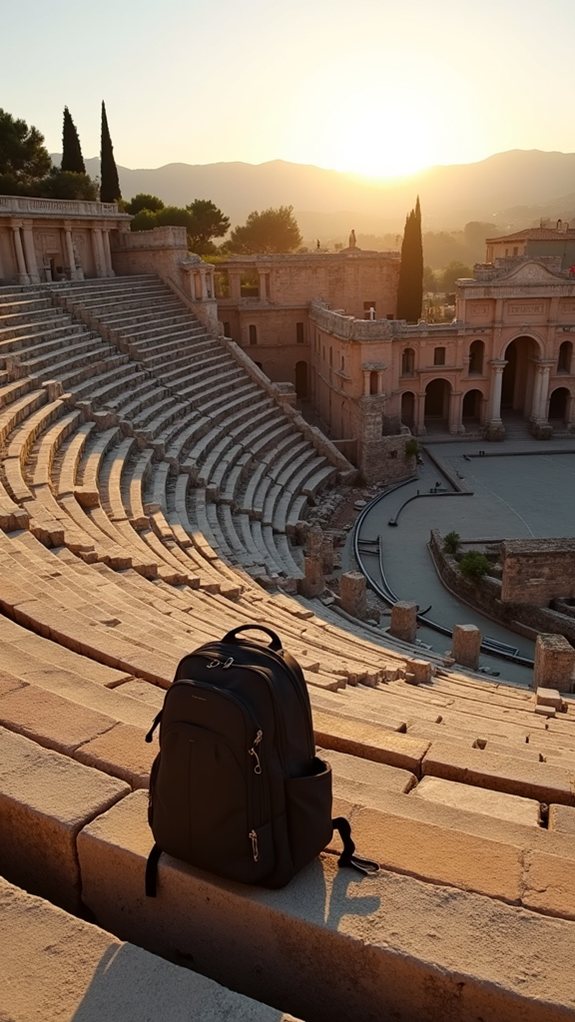Rick Steves, America’s beloved travel guru, doesn’t just visit Europe—he communes with its past. He’s uncovered that history isn’t trapped behind museum glass but lives in the cobblestone streets of medieval towns, the family trattorias of Tuscany, and the somber corridors of concentration camps. “Travel as a political act,” he often says, connecting visitors to profound historical moments like standing in Hitler’s Eagle’s Nest or wandering the Roman Forum. What makes these experiences so transformative isn’t just seeing the sites, but…
Experiencing History Beyond Museums and Textbooks

When Rick Steves, America’s favorite travel guide, takes viewers on an expedition through European history, he doesn’t just point out pretty buildings and scenic vistas—he digs deep into the continent’s complex past, including its darkest chapters. His approach to travel transcends typical tourism, encouraging viewers to engage with both the magnificent achievements and sobering realities of European heritage.
Steves’ philosophy of “travel as a political act” emphasizes the value of stepping outside one’s comfort zone to truly understand different cultures and historical contexts. Through his TV specials like “Fascism in Europe,” he illuminates how the aftermath of World War I created fertile ground for totalitarian regimes under figures like Hitler, Mussolini, and Franco, transforming abstract historical concepts into tangible human experiences.
Travel is most meaningful when it challenges us to see history where it happened and understand the world through others’ experiences.
For Steves, architecture tells stories that textbooks cannot. When visiting sites like Mussolini’s EUR district in Rome, travelers witness how fascist architecture deliberately projected power and unity. Likewise, medieval Gothic cathedrals, with their soaring spires and intricate stained glass, reveal both technical innovation and the central role of faith in medieval society.
The travel educator particularly values immersive experiences at historical sites. Standing in Hitler’s Eagle’s Nest offers a chilling perspective on fascism’s reach, while wandering through the Roman Forum connects visitors to the foundations of Western civilization. His special often features interviews with Europeans who lived through the fascist era, providing firsthand accounts that powerfully contextualize these historical sites. These locations aren’t merely photo opportunities—they’re classrooms without walls.
Steves consistently advocates for thoughtful travel that prioritizes cultural understanding over mere sightseeing. By staying in family-run pensiones rather than international hotel chains, eating where locals gather, and venturing beyond tourist zones, travelers can absorb authentic cultural perspectives. His detailed guidebooks and tours help independent travelers discover off-the-beaten-path destinations that reveal Europe’s complex historical narrative.
“The real value of travel,” Steves often reminds his audience, “isn’t just seeing new places, but seeing with new eyes.” Through this approach, Europe’s diverse cultural heritage—from Renaissance art to sobering Holocaust memorials—becomes not just observed but felt, creating a deeper appreciation for the complex tapestry of European history and its lessons for today. His recommendations often include visits to torture museums throughout Europe, where authentic medieval devices and educational exhibits illustrate the evolution of human rights.
In his presentations, Steves emphasizes how understanding the history of fascism is crucial for recognizing when democratic values are threatened in contemporary politics, making historical tourism not just educational but civically important.






